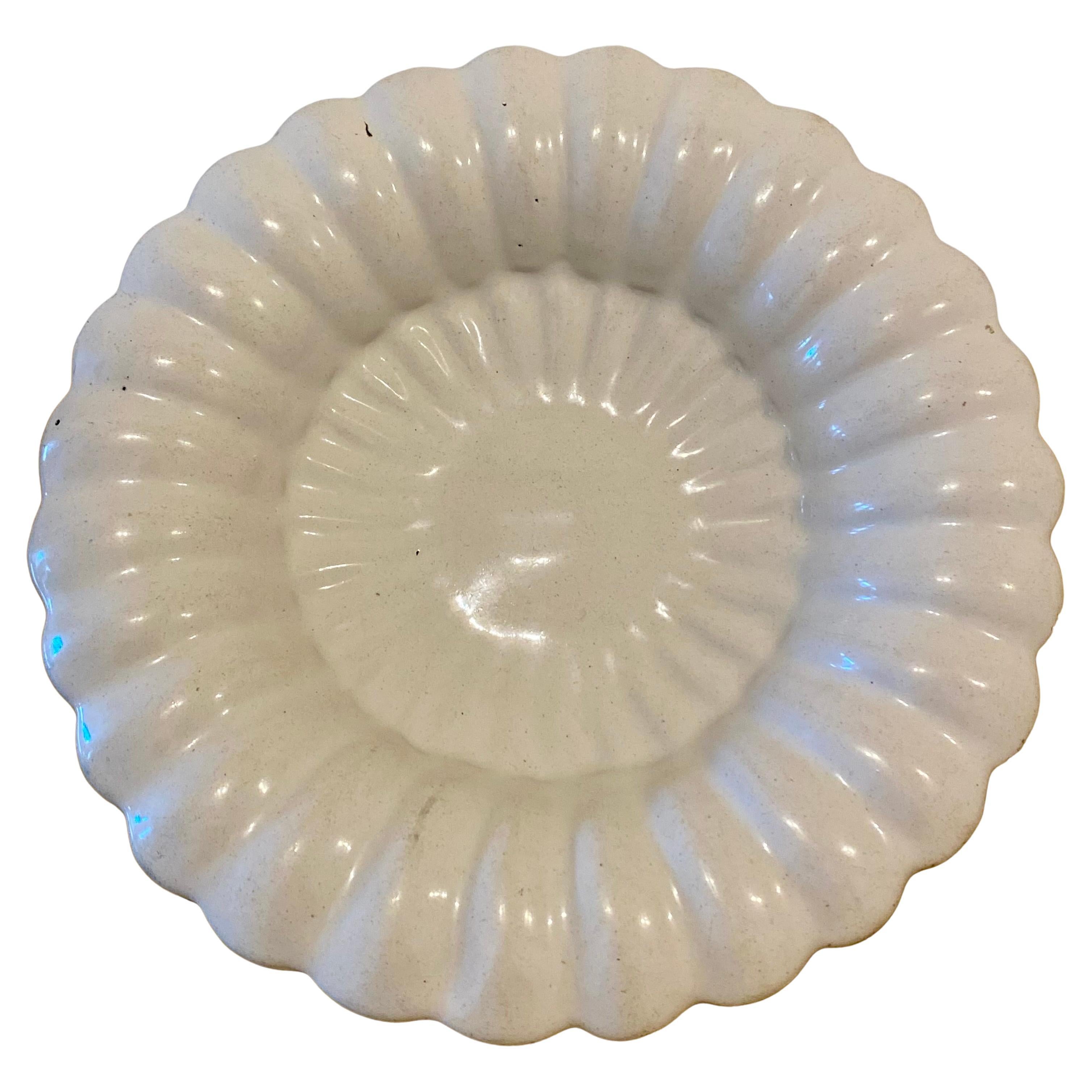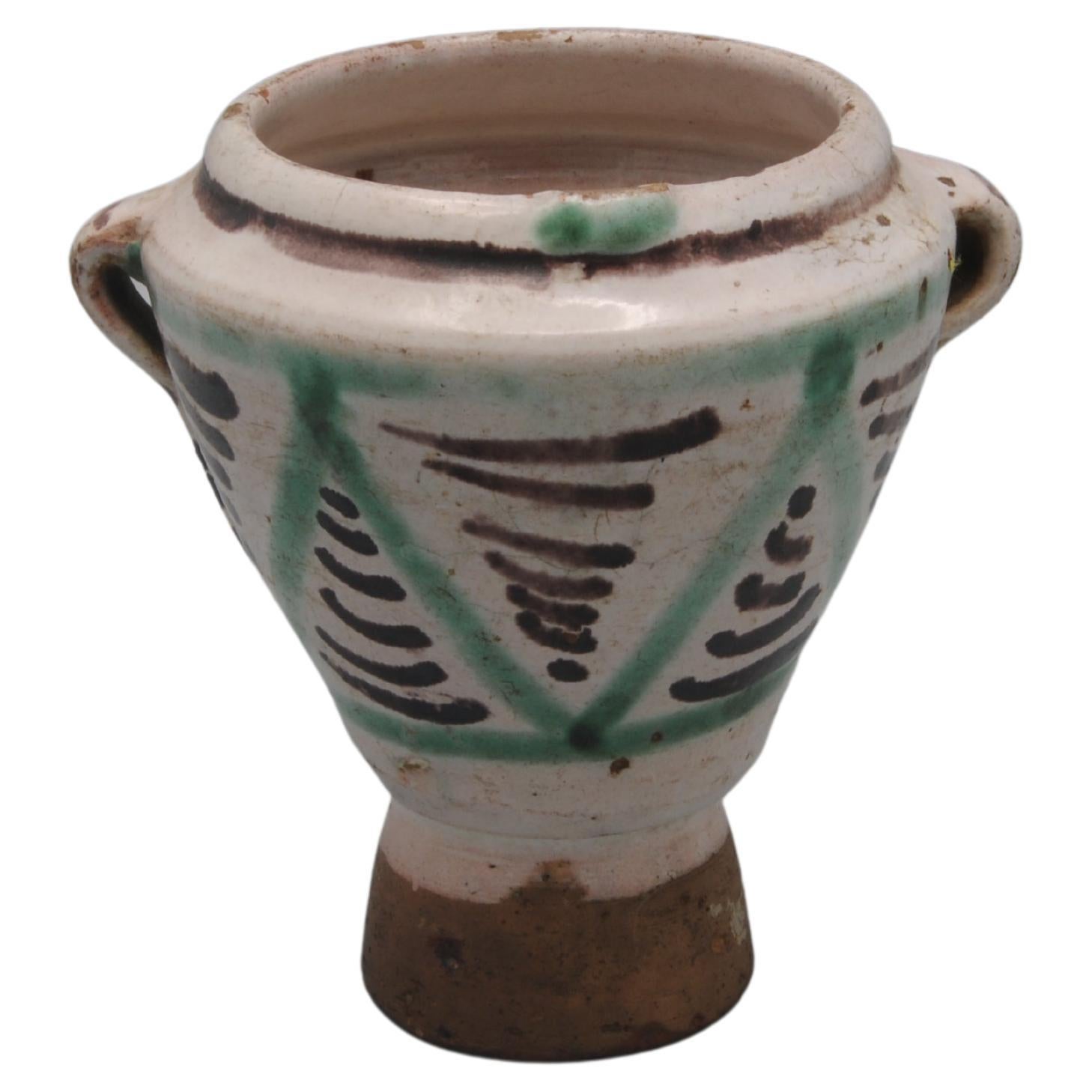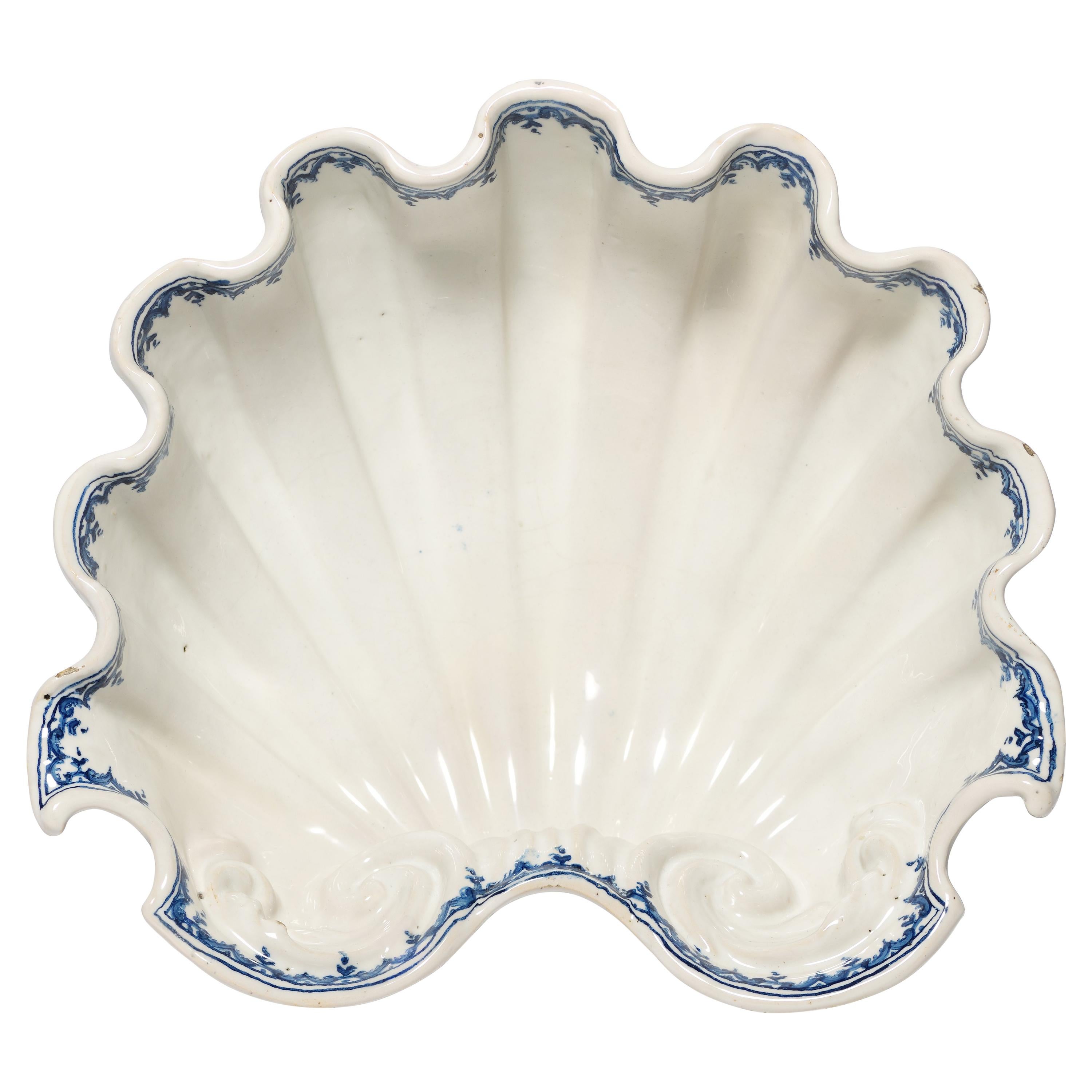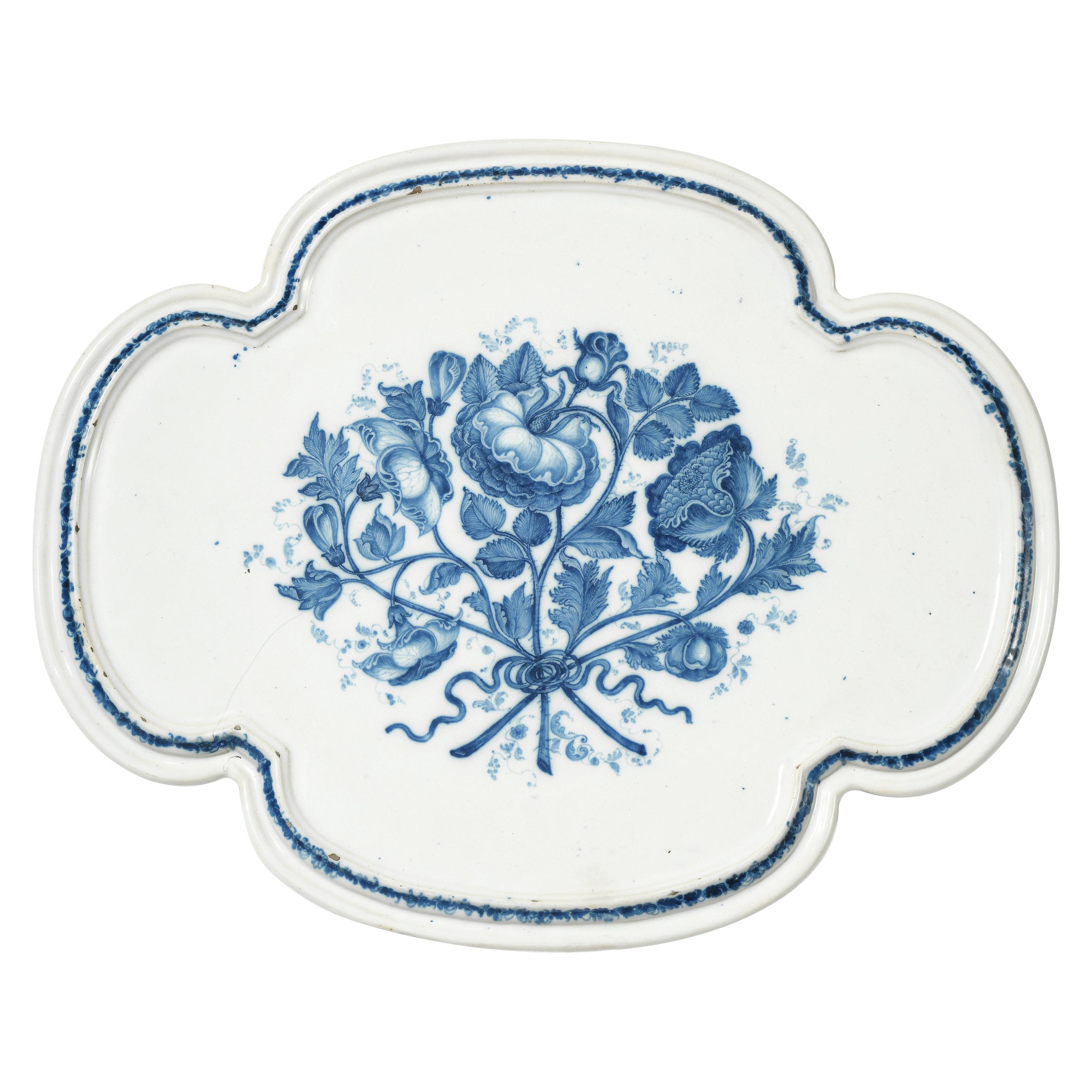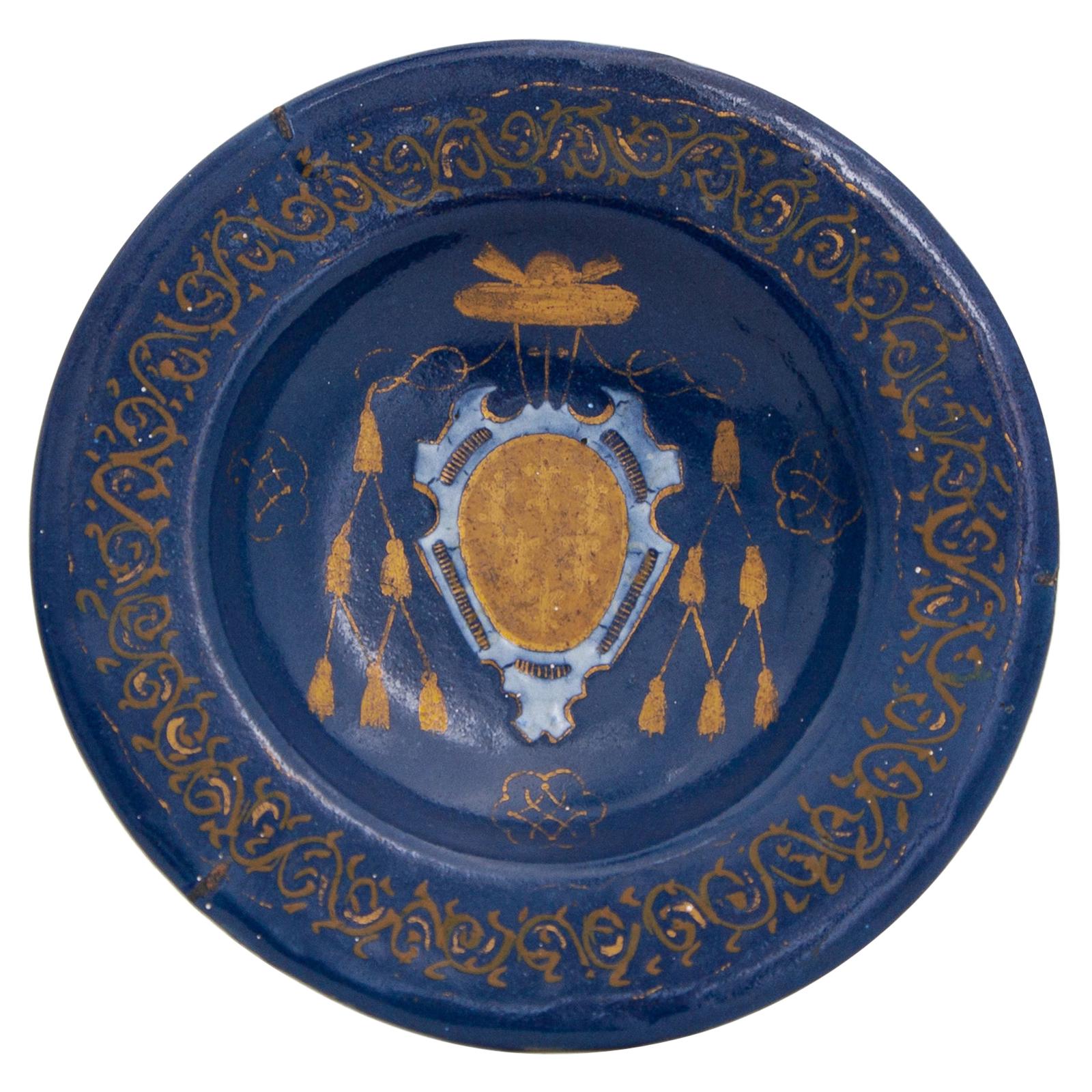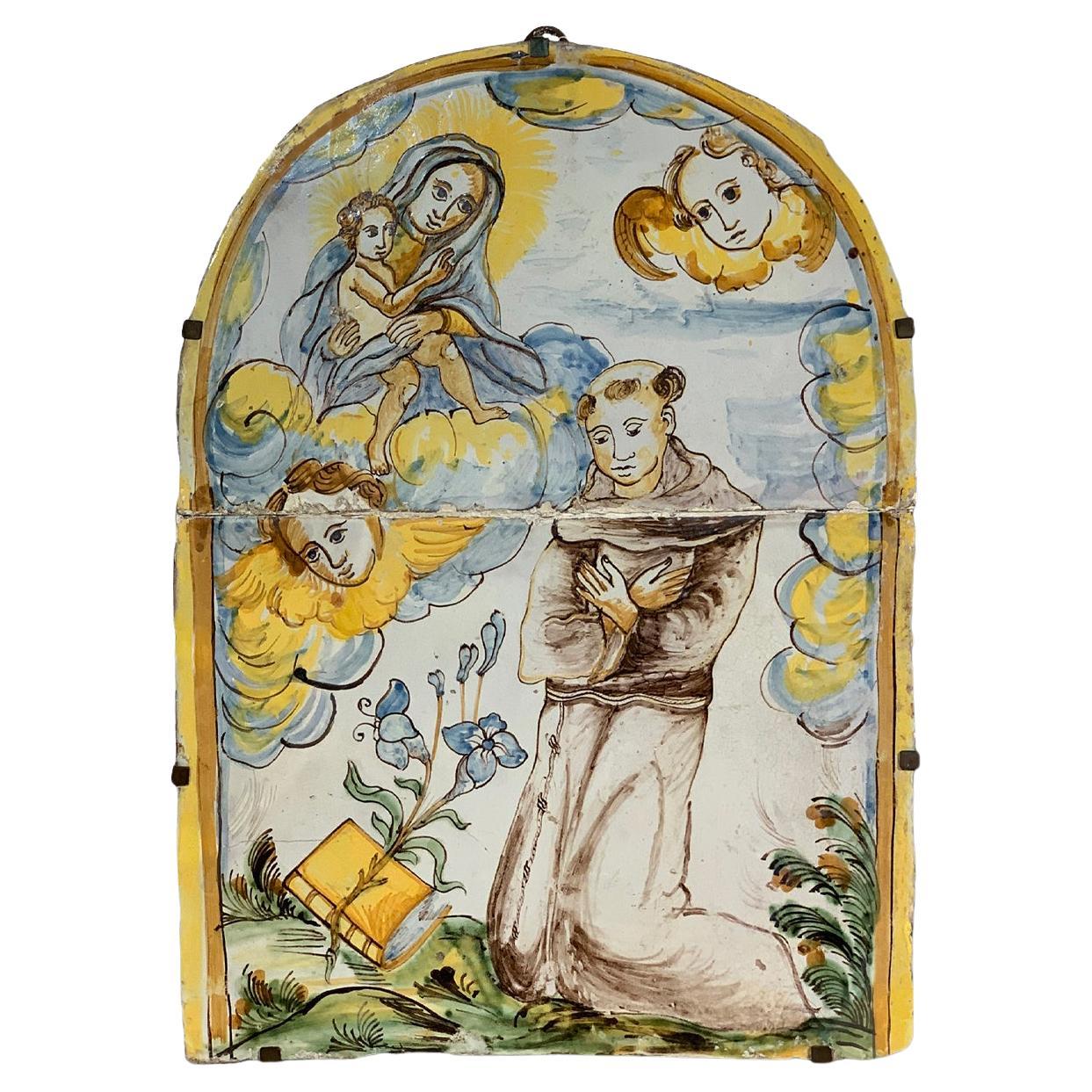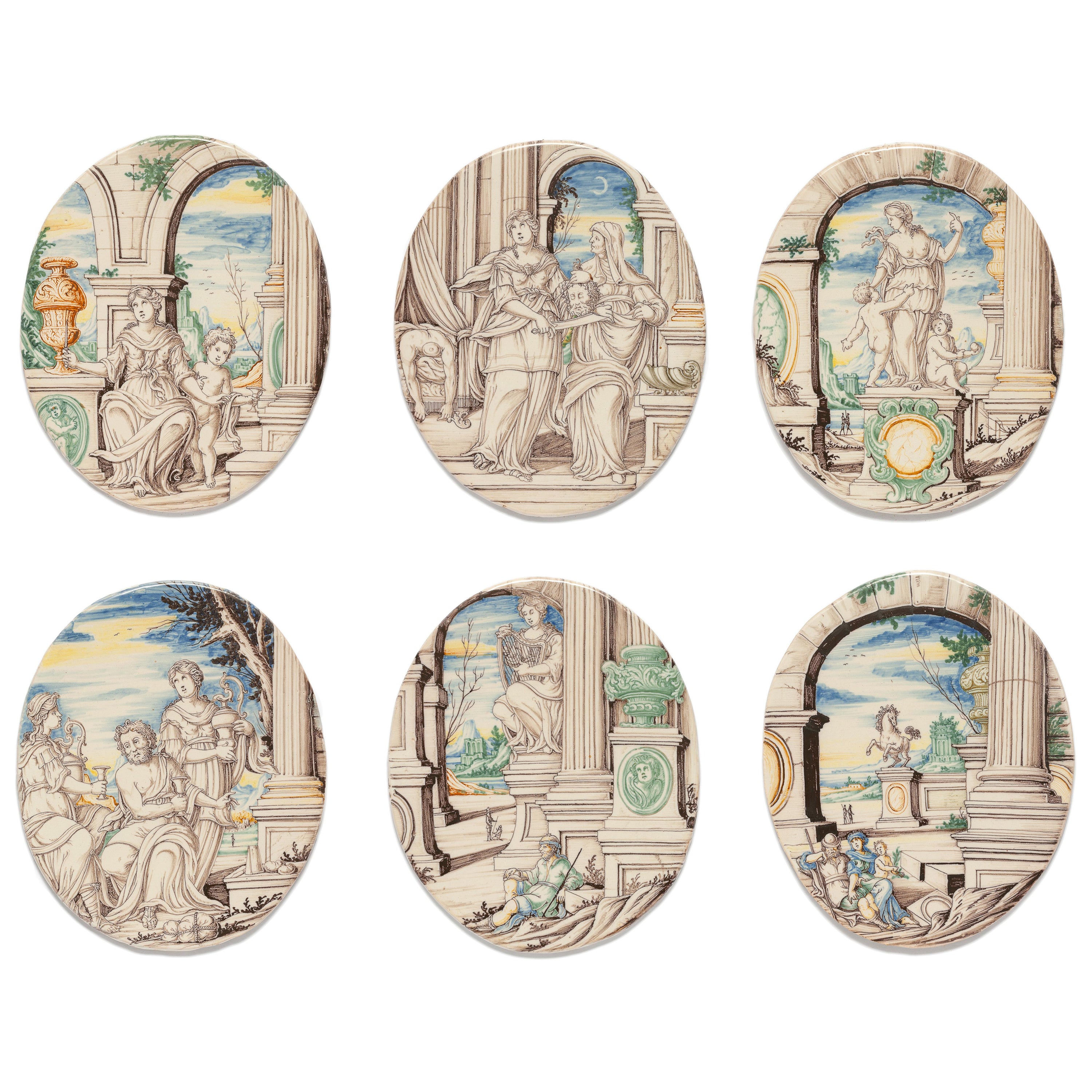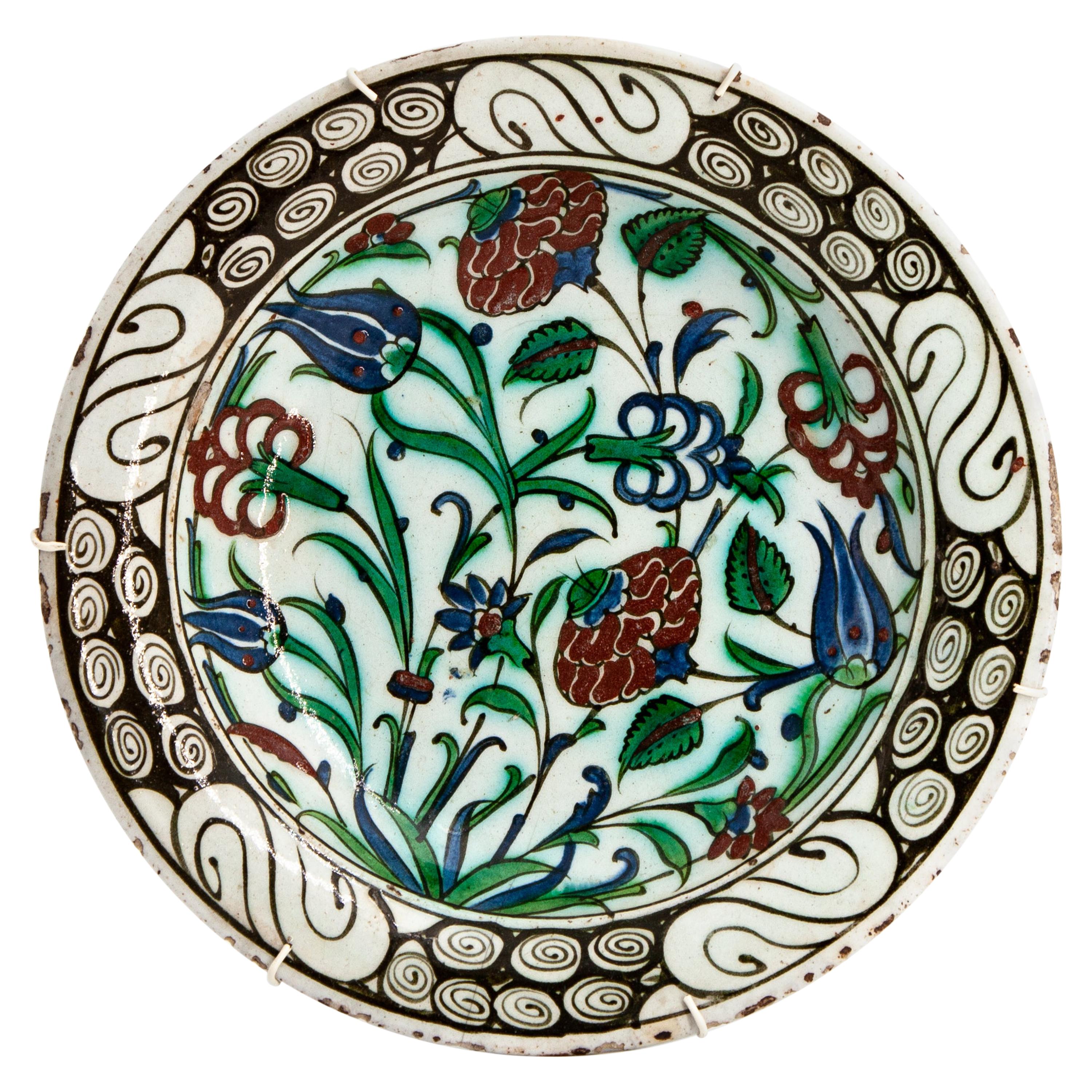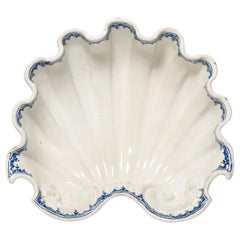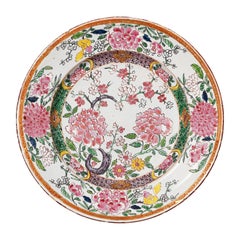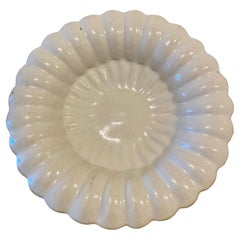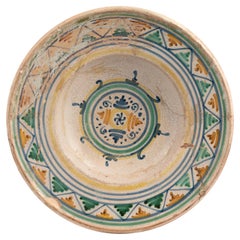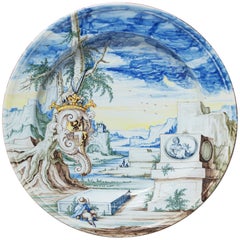
Late 17th Century Italian Maiolica Armorial Dish, 1700 circa
View Similar Items
Want more images or videos?
Request additional images or videos from the seller
1 of 14
Late 17th Century Italian Maiolica Armorial Dish, 1700 circa
About the Item
- Creator:Siro Antonio Africa (Author),Rampini Factory (Manufacturer)
- Dimensions:Height: 2.13 in (5.4 cm)Diameter: 14.97 in (38 cm)
- Style:Baroque (Of the Period)
- Materials and Techniques:Maiolica,Other
- Place of Origin:
- Period:1690-1699
- Date of Manufacture:circa 1700
- Condition:Minor fading. Intact with slight edge chipping restored.
- Seller Location:Milano, IT
- Reference Number:1stDibs: LU4352214023172
About the Seller
4.3
Vetted Seller
These experienced sellers undergo a comprehensive evaluation by our team of in-house experts.
Established in 1860
1stDibs seller since 2018
19 sales on 1stDibs
Typical response time: 4 hours
Associations
International Confederation of Art and Antique Dealers' Associations
More From This SellerView All
- Ancient Italian Maiolica Faenza, Ferniani Factory, Circa 1700By Ferniani FactoryLocated in Milano, ITCenterpiece light blue maiolica shell Ferniani factory, early period: 1693-1776 Faenza, 1700 circa 5.5 in x 14.72 in x 13.77 in (14 cm x 37.4 cm X cm 35) lb 4.40 (kg 2) State of con...Category
Antique Early 1700s Italian Baroque Ceramics
MaterialsMaiolica
- Ancient Italian Maiolica Faenza, Ferniani Factory, Circa 1700By Ferniani FactoryLocated in Milano, ITCenterpiece white maiolica shell Ferniani factory, early period: 1693-1776 Faenza, circa 1700 Measures: 5.6 in x 14.72 in x 13.46 in (14.3 cm x 37.4...Category
Antique Early 1700s Italian Baroque Ceramics
MaterialsMaiolica
- 18th Century Italian Maiolica Dish Milano, circa 1770Located in Milano, ITMaiolica dish, "Famille Rose" and gold decoration Felice Clerici factory Milan, 1770-1780 8.93 in (22.27 cm) in diameter lb 0.66 (kg 0.3) State of conservation: perfect, except for ...Category
Antique 1770s Italian Rococo Ceramics
MaterialsMaiolica
- 18th Century Italian Maiolica Centerpiece Bassano Venice, circa 1750Located in Milano, ITMaiolica centerpiece Pasquale Antonibon factory Nove di Bassano, Venice, 1740-1770. Measures: 1.85 in x 19.21 in x 15.27 in 4.7 cm X 48.8 cm X 38.8 cm. lb 5.29 (kg 2.4) State of conservation: thin passing fêlure with covered chipping and a glued foot The Antonibon were an important family of Venetian...Category
Antique 1750s Italian Baroque Ceramics
MaterialsMaiolica
- Ancient Maiolica Tiles, Rampini Manufactory, Pavia, 1693-1704By Siro Antonio AfricaLocated in Milano, ITSix maiolica “ambrogette” (tiles) Rampini manufactory, painter probably Siro Antonio Africa Pavia, 1693-1704 a) 6.88 x 5.51 in (17.5 x 14 cm); 0.55 lb (252 g) b) 7.08 x 5.70 in (18 x 14.5 cm); 0.51 lb (233 g) c) 6.88 x 5.70 in (17.5 x 14.5 cm); 0.54 lb (245 g) d) 6.81 x 5.51 in (17.3 x 14 cm); 0.50 lb (230 g) e) 6.88 x 5.51 in (17.5 x 14 cm); 0.50 lb (229 g) f) 7.08 x 5.70 in (18 x 14.5 cm); 0.51 lb (233 g) State of conservation: intact. These six ”maiolica fina” small “ambrogette” belong to a family of ceramic works considered among the finest produced between the 17th and 18th centuries. For a long time, this type of maiolica was attributed to the Venetian village of Angarano, but later it was definitively attributed to the pottery factories in Pavia. A fundamental study ascribed this production specifically to Pavia through an analysis of Lombard collections and a comparison with archaeological remains found near the two main manufacturing sites in the city. (E. Pelizzoni - M. Forni - S. Nepoti, La maiolica di Pavia tra Seicento e Settecento, Milano 1997). The six small oval tiles have rounded edges and are decorated with a historiated motif. They were created using high-fired polychrome technique, with a predominance of cool tones and a dominance of gray and blue, interspersed with manganese, citrine yellow, orange-yellow, and green. The six small “ambrogette” are characterized by the same stylistic features, with a similar decorative design. The first tile (a) depicts a female figure, holding a stiletto and sitting near a pedestal supporting a relief-decorated baluster vase. Behind her, a child is holding a chalice, while through the arches of a portico, a glimpse of a mountainous landscape can be seen in the background. The female figure could possibly be Lucretia, an example of virtue in ancient Roman culture. In the second “ambrogetta” b), the Biblical episode of Judith and Holofernes is depicted through canonical iconography: the decapitated body of Holofernes lies on the bed in the background, while the protagonist, Judith, is seen placing his head into a sack held by a maidservant. Through an archway a shining slice of the moon gives the perception of nighttime. Surprisingly, within the narrative, there is the presence of a basin in the shape of a large shell, closely resembling the products of Pavia's factories. The third small plaque (c) depicts a female figure standing on a plinth and framed by an architectural arch with a vast mountainous landscape in the background. The woman, with her breasts exposed, is accompanied by two children: one approaching her as if wanting to be picked up, and the other seated with an apple in his hand. The protagonist lends herself to different interpretations: perhaps she represents Rea Silvia with the two twin founders of Rome, or perhaps she is an allegory for the Pietà, a common theme depicted on maiolica. In the fourth tile (d), three characters are depicted near a column. The main figure is an old man with a sad expression, holding a cup, while a woman, wearing a turban on her head, also holds a cup in her right hand and a pitcher in her left. A second woman with her hair bound holds another pitcher behind the old man: at his feet a traveller's bag can be seen, along with some apples and a slice of cheese on a rectangular base. It is likely the sad Biblical episode of Lot and his daughters...Category
Antique Early 1700s Italian Baroque Ceramics
MaterialsMaiolica
- 18th Century, Italian Maiolica Flower Pot, Pasquale Rubati, Milan, 1770 circaBy Pasquale RubatiLocated in Milano, ITMaiolica flower pot “a mezzaluna” decorated with trompe l’oeil Pasquale Rubati Factory Milan, 1770 circa It measures: 4.7 in (cm 12) X 5 in (...Category
Antique 1770s Italian Rococo Ceramics
MaterialsMaiolica
You May Also Like
- Italian Maiolica Crespina a Compendiario Style, Center Italy, Late 17th CenturyLocated in CHItalian Maiolica Crespina a Compendiario style, Central Italy, Late 17th century This Crispina has a convex shape on the front and a concave shape on the back, resting on a small ...Category
Antique Late 17th Century Italian Baroque Ceramics
MaterialsMaiolica
- Teruel (Aragon) - Spanish Maiolica Mortar, 17th centuryLocated in DELFT, NLCeramic mortar produced at the Teruel pottery workshops in the 17th century. It has a truncated cone shape with three handles and a pourer. It is tin-...Category
Antique 17th Century Spanish Baroque Ceramics
MaterialsMaiolica
- A Deruta Maiolica Dish Early 16th CenturyLocated in Firenze, ITSHIPPING POLICY: No additional costs will be added to this order. Shipping costs will be totally covered by the seller (customs duties included). The centre painted with archaic de...Category
Antique 16th Century Italian Renaissance Ceramics
MaterialsMaiolica
- 16th Century Castelli Italian Maiolica Farnese alla turchina DishBy CastelliLocated in Fort Lauderdale, FLAn extraordinary azure maiolica dish in the Farnese service, made by Castelli d'Abuzzo between 1580 and 1589. In the peak of the High Renaissance, Cardinal Alessandro Farnese commissioned a dinner service from the Castelli maiolica...Category
Antique 16th Century Italian Renaissance Decorative Art
MaterialsMaiolica
- Late 17th Century Majolica Plaque, MontelupoLocated in Firenze, FITabernacle plaque in polychrome majolica depicting the Madonna and Saint Anthony of Padua. Montelupo manufacture from the end of the 1600s applied on a wooden support, divided into t...Category
Antique Late 17th Century Italian Ceramics
MaterialsMajolica
- Early 17th Century Ottoman Empire Iznik Pottery DishLocated in Fort Lauderdale, FLAn Iznik pottery dish made in the first half of the 17th century and decorated with chrysanthemums and tulips. The rim features the rock and wave pattern. Under the direction of O...Category
Antique Early 17th Century Turkish Islamic Ceramics
MaterialsCeramic
